-1%20(1).webp?width=770&height=385&name=WWW.hOLGANIX.COM%20(3)-1%20(1).webp)
Whether you are growing turfgrass, flowers or crops, there are four soil types that growers work with. Each type is composed of different sized particles: sand silt and clay. The combinations of these three particles define your soil’s type.
Let’s explore the advantages and disadvantages of each type: Sandy soils, clay soils, silty soils, and loamy soils. Then, we’ll discuss how you can diagnose your soil type using either a soil test or a DIY method.
Sandy Soil: Advantages and Disadvantages
-1.png?width=770&height=295&name=Copy%20of%20WWW-hOLGANIX-COM%20(5)-1.png)
Sandy soils are light and gritty to the touch. Because sandy soils have large particles, they dry out quickly, are often low in nutrients and acidic. Both water and fertilizer have a tendency to leach out of the soil - escaping to waterways before the plant can utilize them.
Advantages of Sandy Soils:
- Warms up quickly in the spring
Disadvantages of Sandy Soils
- Dries out quickly in the summer
- Nutrients and water often leech away especially with rainfall
- Often acidic
Managing Sandy Soil
When it comes to sandy soils, apply less water and fewer fertilizers, but more often, to produce the best results. You can also amend your soils with organic matter that will improve the soil’s ability to hold onto nutrients. To improve organic matter, incorporate compost, carbon-rich sources of fertilizers, and materials rich in soil microbes.
Clay Soil: Advantages and Disadvantages
-2.png?width=770&height=295&name=Copy%20of%20WWW-hOLGANIX-COM%20(4)-2.png)
Clay soils are the heaviest of soil types and are often considered the hardest to work with. They hold onto water and often take longer to warm in the spring. Soil compaction and cracking is also a big risk of clay soils. Ultimately this doesn’t just look ugly - but it also keeps plant roots from breaking through hard layers of clay. But, unlike sandy soils, clay soils are rich with nutrients! With clay soils, nutrients are stored for much longer and have a tendency not to leech away.
Advantages of Clay Soils
- Clay soils hold onto nutrients so the plant has the food it needs
- Great for growing things that need a lot of water
Disadvantages of Clay Soils
- Holds onto water, slow to drain
- Slow to warm in the spring
- Compacts easily
- Tends to be alkaline
Managing Clay Soil
Clay soils can be one of the toughest types to manage, but with the right management techniques, you can improve the overall quality of your soil.
When it comes to turf - aerating your soils each fall reduces soil compaction. Utilizing products that are rich in soil microbes will help your soils breakdown nutrients, and build roots that can more easily penetrate tough clay layers.
When it comes to your garden beds or agricultural crops - amend your soils with compost and products rich in soil microbes to improve organic matter. And, avoid compaction by not working on the soil when wet. Lastly, consider using a cover crop during the cool season.
Silty Soil: Advantages and Disadvantages
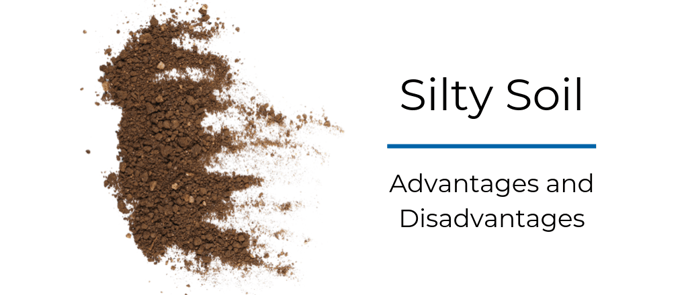
More fertile than sandy soils, silty soil is the intermediary between sandy and clay soils. Silty soils have a greater tendency than other types to form a crust.
When dry, silty soils feel floury to the touch, but when wet, you can easily form balls in your hand.
Advantages of Silty Soils
- Fertile soils that hold onto nutrients better than sandy soils
- Better water holding capacity than sandy soils
- Easier to work with than clay soils
Disadvantages of Silty Soils
- Water filtration can be poor
- Has a greater tendency to form a crust
- Can become compact and hard
Managing Silty Soil
Avoid working with silty soils when wet to reduce your risk of compaction. Increase the soil organic matter by utilizing compost and soil microbe-rich products.
Loamy Soil: Advantages and Disadvantages
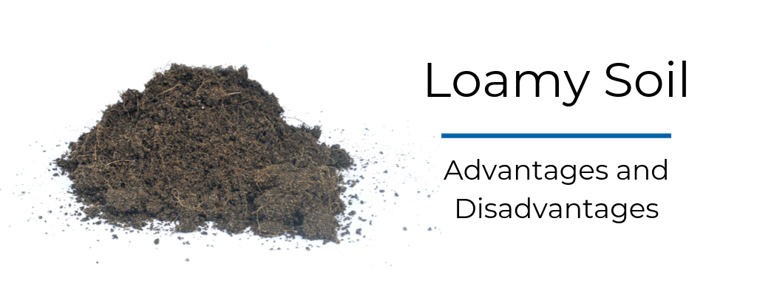
Considered the most fertile of soil type, loamy soils are a combination of sandy, clay and silt particles. The clay and silt particles improve moisture retention while the sand minimizes compaction and improves drainage. Loamy soils don’t get dried out in the summer, but also don’t get water-logged in winter.
Advantages of Loamy Soils
- Drought resistant due to water-holding capacity
- Faster to warm up in the spring, compared to clay
- Can hold nutrients, making soils fertile
- Good infiltration of air and water
Disadvantages of Loamy Soils
- Depending on how your soil was formed, some loamy soils can contain stones that may affect harvesting of some crops.
Managing Your Loamy Soil
While loamy soils are ideal whether you are growing crops, flowers or turfgrass, all soils need to be managed in order to maintain or improve soil health. Adding products rich in soil microbes is key to promoting a robust soil ecosystem.
Soil Profile
If you dig a hole in your soil, you will notice different layers or horizons of soils. These horizons can differ in texture, structure, color and more. Together, the soil horizons form your soil profile.
The horizon that sits on the surface is the O layer. The two layers below the O layer are the A and B horizons. These layers are known as your true soil and contain most of the chemical and biological activity that helps plants grow.
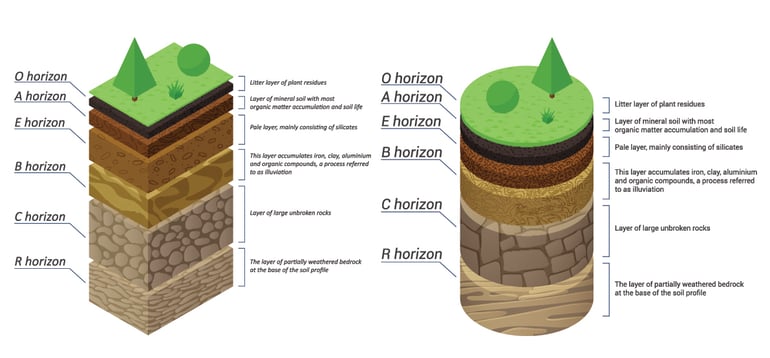
Identifying Soil Types
Not sure why type of soil you have? There are two ways to diagnose your soil type. The first is to do a soil test where you send samples of your soil to an accredited laboratory for particle analysis. The second method is to DIY through the hand texturing method.
Watch the video below featuring Australian Land Services Cropping Officer, Neroli Brennan, as she demonstrates how to DIY your own soil test.
Using Microbials To Improve Soil Health
Holganix Bio 800+ charges soil with over 800 species of soil microbes to improve plant performance. What does that mean for you?
That means you build soil and root health, adding the benefits of better soil structure to whatever soil type you have. This translates to improved yield on crops, better playability on golf courses and a reduced need for fertilizers and pesticides on lawns.
Learn more about the science behind Holganix Bio 800+ below.

 |
August 27, 2020
|
1:20 PM
|
August 27, 2020
|
1:20 PM
-2.jpg)
-1.jpg)
-1.jpg)
-1.jpg)
.jpg)

-2.jpg)
-1.jpg)
-1.jpg)
-1.jpg)
.jpg)




-1%20(1).webp?width=770&height=385&name=WWW.hOLGANIX.COM%20(3)-1%20(1).webp)
-1.png?width=770&height=295&name=Copy%20of%20WWW-hOLGANIX-COM%20(5)-1.png)
-2.png?width=770&height=295&name=Copy%20of%20WWW-hOLGANIX-COM%20(4)-2.png)




.webp)
-1%20(1).webp)
-831535-2.webp)



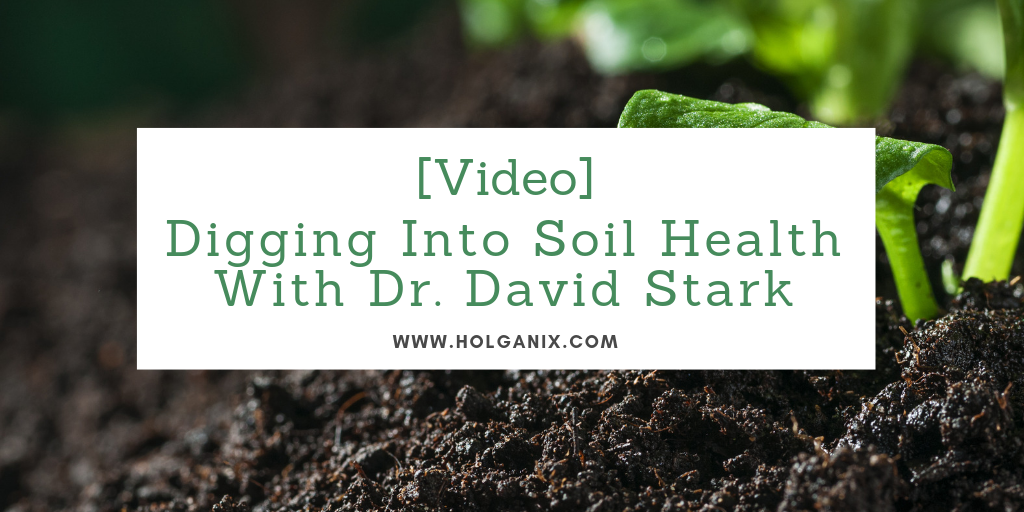
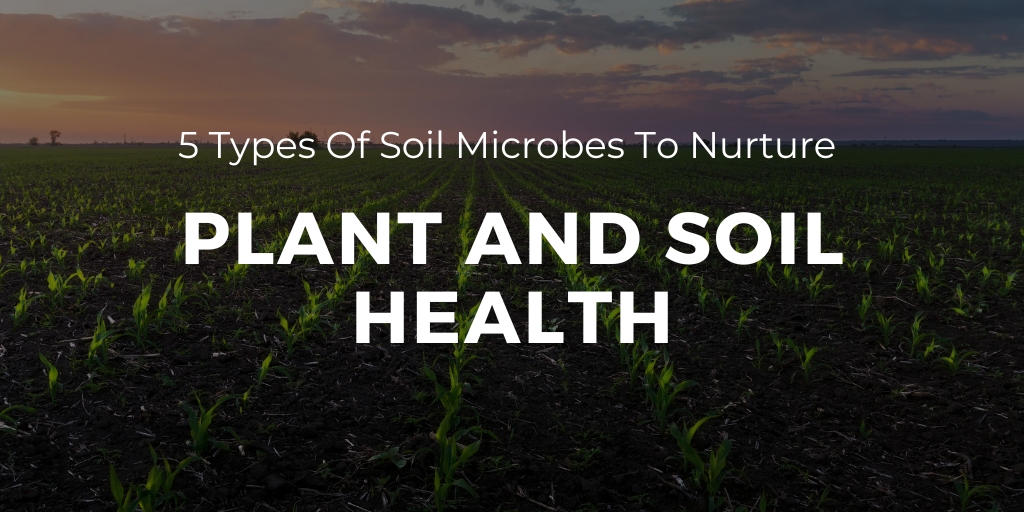
.png)